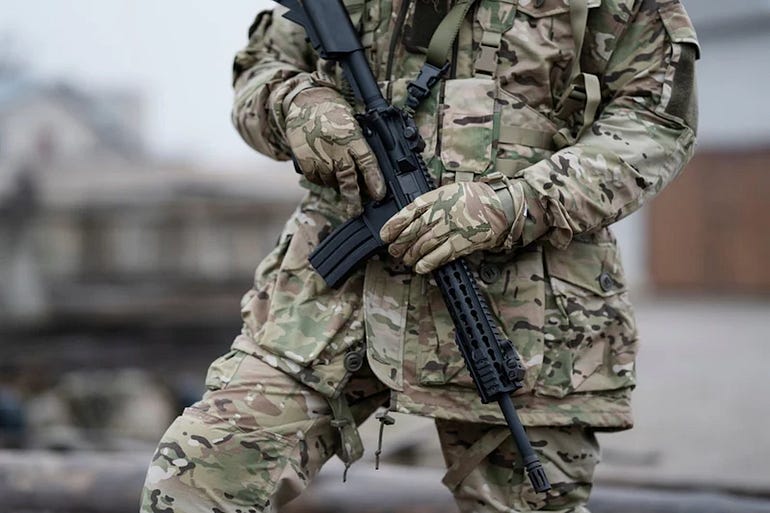Ukraine Unveils New Camo Uniforms: From Soviet Green to MM-25
Also, what's with the reflective armbands?
You might be surprised, but the most exciting part of basic training in the US Army infantry wasn’t shooting at the range, hand-to-hand combat training, or anything so “tacti-cool.”
Growing up in Texas, I had plenty of time to shoot guns and get in fights.




